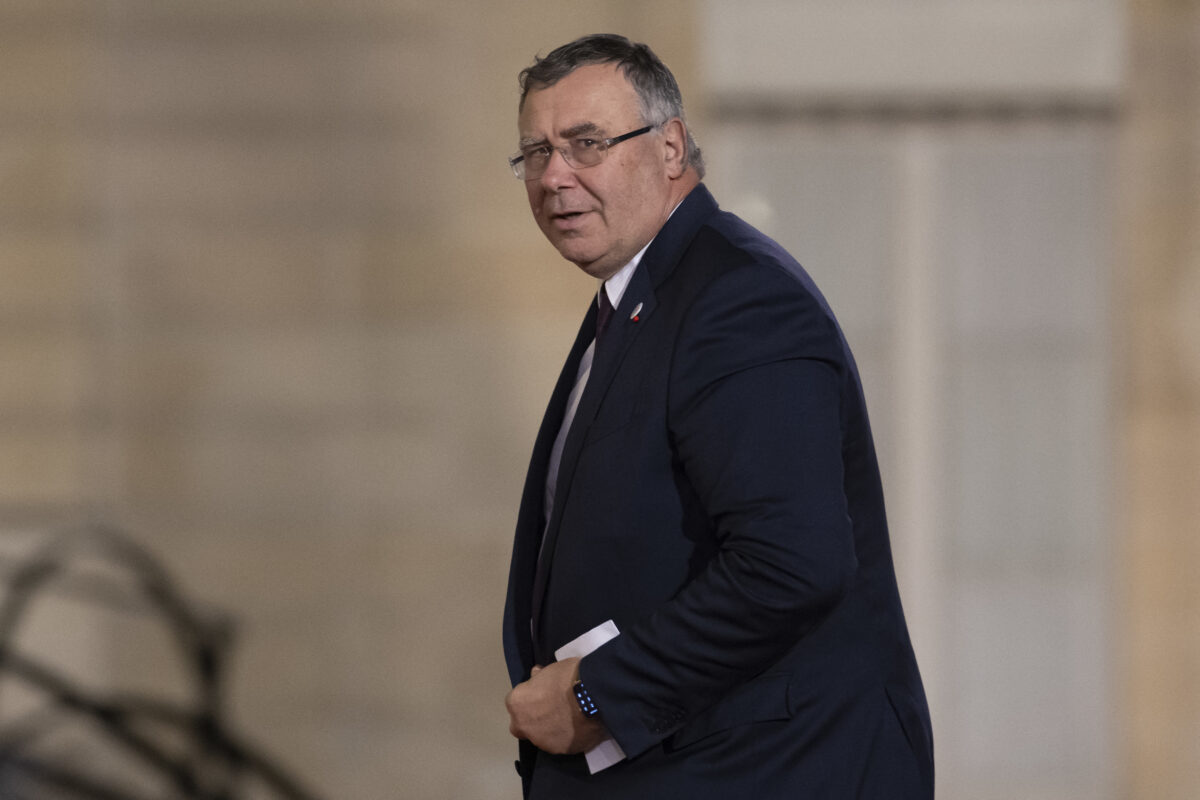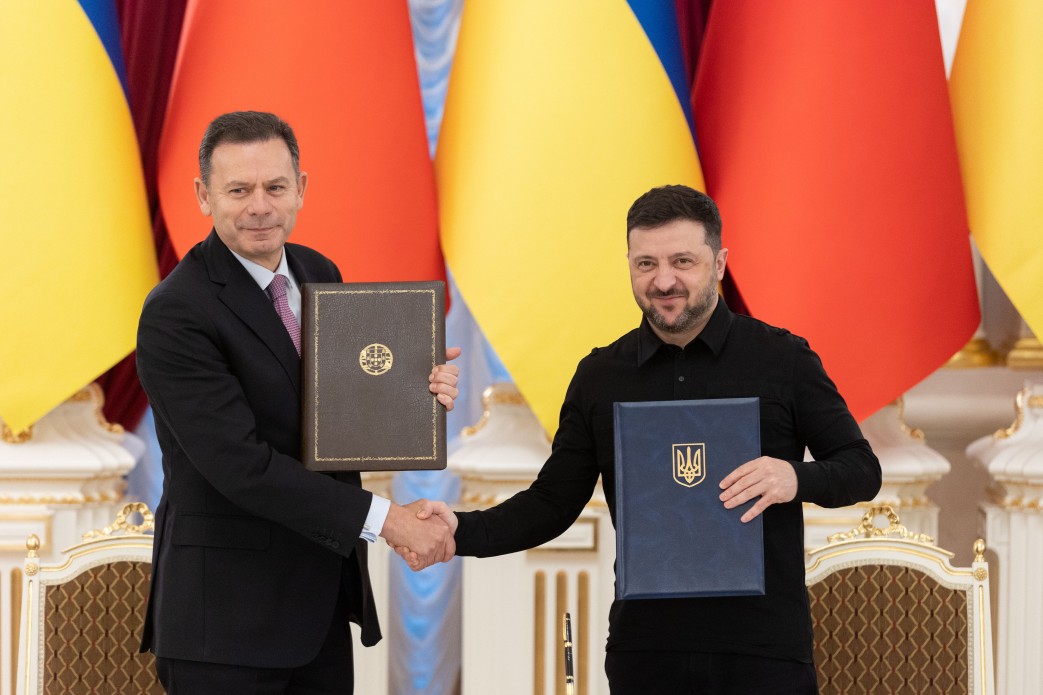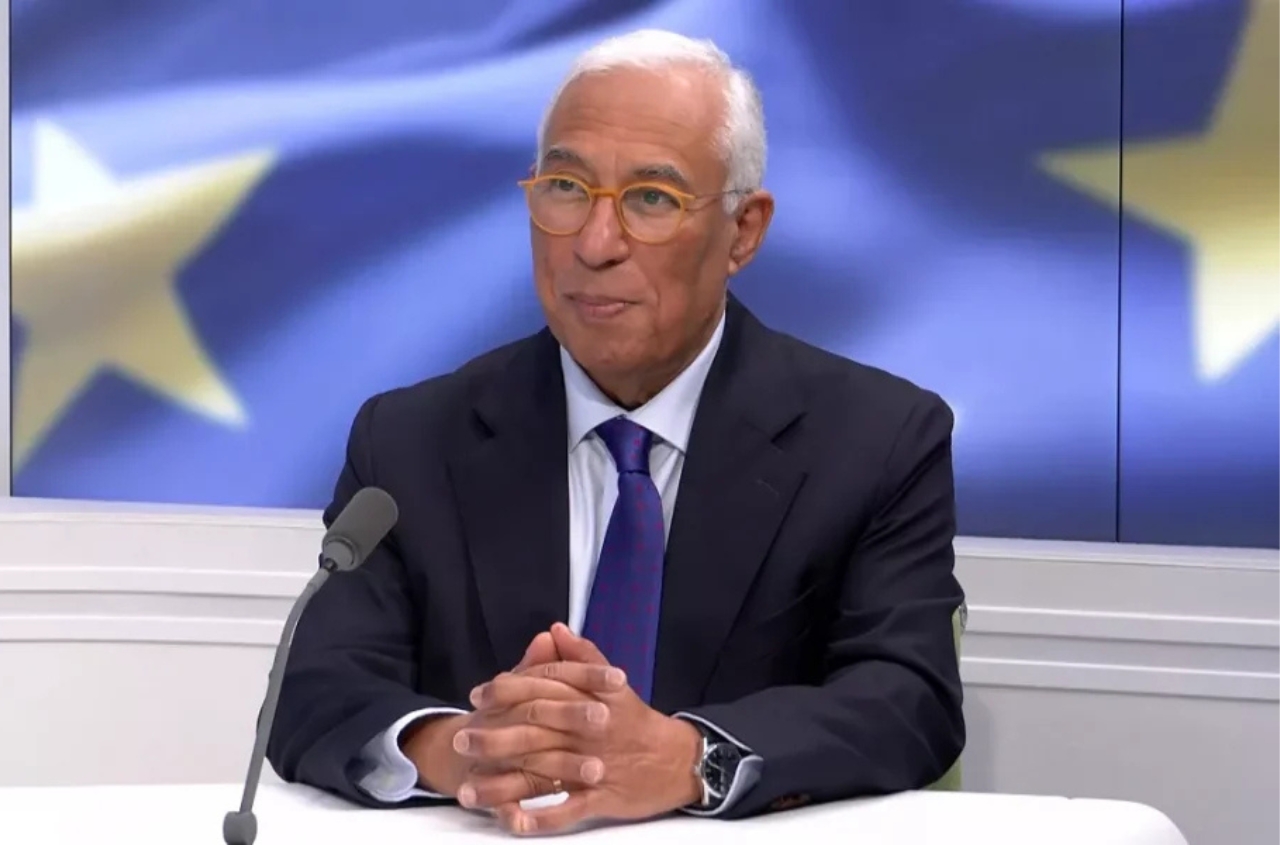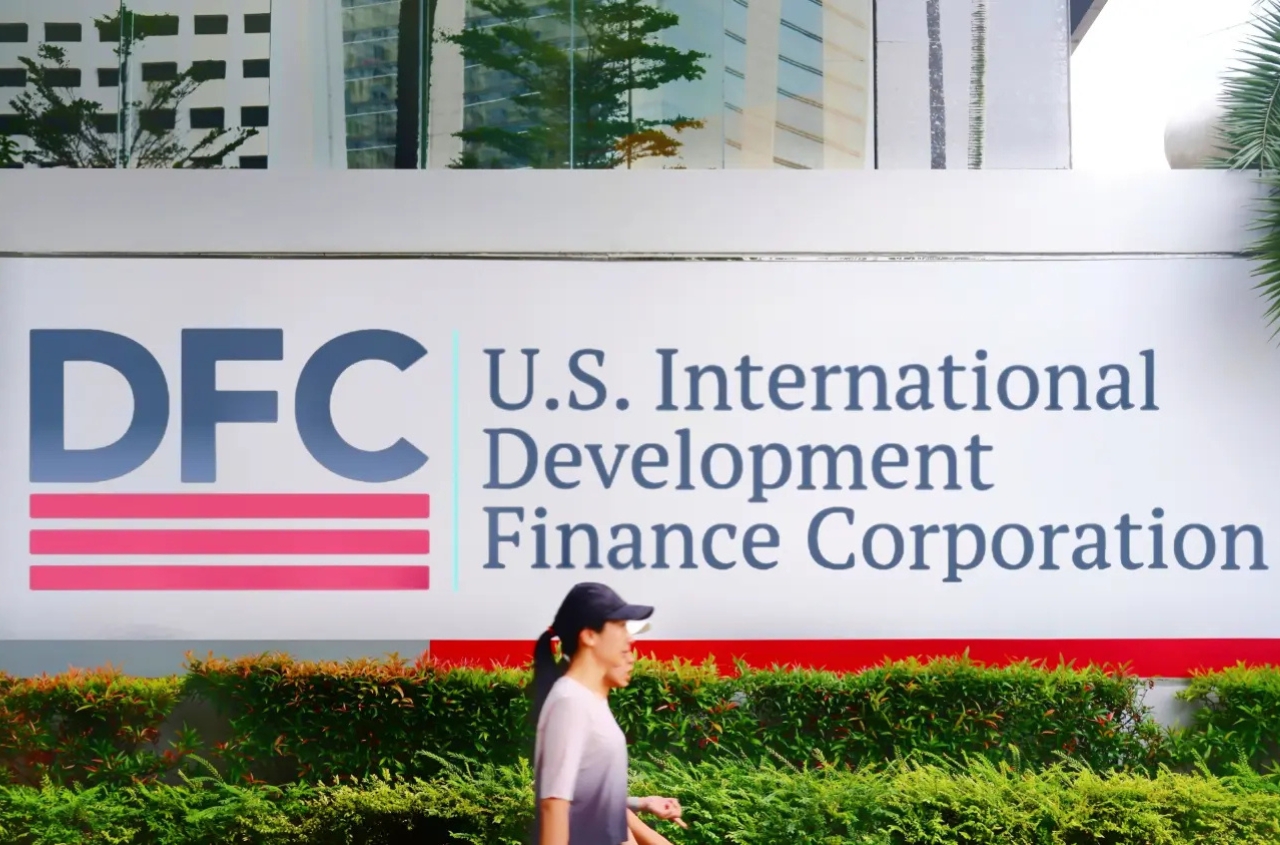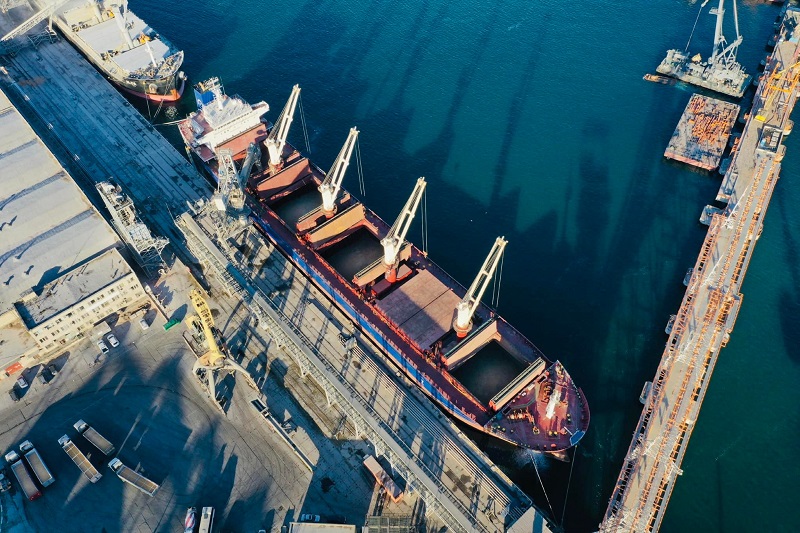There will be an abundance of alternatives to Russian gas on the global market in the coming years, which means the European Union will easily replace the remaining supplies from Russia, according to Patrick Pouyanné, CEO of France’s TotalEnergies—the only Western company still involved in Russian extraction projects. The United States alone is expected to nearly double its LNG exports in the coming years, supporting the European Commission’s recently announced plan to fully eliminate Russian gas imports by the end of 2027. Currently, Russian gas still accounts for nearly 19% of the EU's imports.
"The good news is that the [global] LNG market will be well supplied in 2027, 2028, and 2029," Pouyanné said on Wednesday at an energy conference in Tokyo. "Due to the 2022 crisis, many new facilities are under construction—in the U.S., Qatar."
Overall, LNG import capacity will increase by 30%, he said, so neither his company nor Europe should worry about finding alternatives to Russian gas during this period. U.S. LNG exports are projected to grow by 19% this year and by another 15% in 2026 with the launch of two new liquefaction terminals, according to the U.S. Energy Information Administration (EIA).
Pouyanné also explained why Europe is abandoning Russian gas: “We lost trust in Russia as a supplier. In energy, when we talk about national security, trust between the supplier and buyer is critical. In the Russian war, energy was used as a weapon, so finding alternatives is now a fundamental task for Europe.”
Currently, ten LNG terminals are being built in North America: five in the U.S., three in Canada (one of which is expected to begin deliveries this summer), and two in Mexico. If all projects are completed on time, export capacity on the continent will more than double by 2028 compared to 2023—from 323 million cubic meters per day to 691 million cubic meters, according to the EIA. In the U.S. alone, capacity will rise from 320 to 595 million cubic meters per day.
For comparison: according to EU data, total Russian gas supplies to EU countries in 2024 amounted to 51.7 billion cubic meters, or about 142 million cubic meters per day. Of this volume, 31.6 billion cubic meters came from pipeline gas (11.6% of the EU’s total gas imports), and 20.1 billion cubic meters from LNG (7.3%).
Although Russian gas deliveries have plummeted from 150.2 billion cubic meters in 2021 (at that time supplied almost exclusively by Gazprom via pipelines, accounting for 44.9% of the EU’s total gas imports), LNG purchases have increased significantly during the war years. Total is a shareholder in the Yamal LNG project developed by Novatek and is contractually obliged to take its gas until 2040.
“We purchase strictly only the volumes under the long-term contract; we no longer make additional spot purchases in line with our commitments concerning business in Russia,” said Pouyanné. In the absence of EU sanctions, Total cannot terminate the contract without paying massive penalties.
Moreover, this helps maintain Europe’s energy security, he explained:
“European leaders understand that gas supply security depends on LNG, and they don’t want to face another price crisis in Europe before 2027.”
On Tuesday, the European Commission presented a plan to completely phase out Russian gas within 2.5 years. The reduction in supplies will take place gradually, first by ending short-term contracts and then terminating long-term ones. The justification for breaking these agreements is expected to rely on trade legislation: according to European Commission lawyers, this would allow European companies to cease cooperation with Russia without penalties, while bypassing a potential veto from Hungary and Slovakia that could block direct sanctions against Russian gas.









